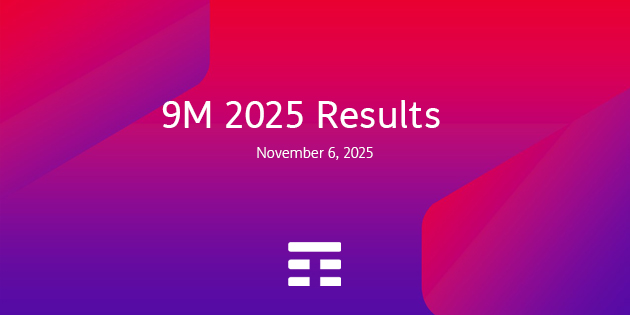In the former San Salvador monastery, just a stone´s throw from the Rialto Bridge and right in the heart of Venice, Telecom Italia today inaugurates the Future Centre, a Palazzo filled with a blend of technology, science, Venetian history and culture.
The Telecom Italia Future Centre is being inaugurated in the presence of Maurizio Gasparri, Minister of Communications, Paolo Costa, the Mayor of Venice, and Telecom Italia Chairman Marco Tronchetti Provera. In this remarkable and historic setting, the Future Centre offers visitors a chance to get hands on experience of the extraordinary progress made in telecommunications and information technologies.
The sixteenth-century Convento di San Salvador, which the Municipality of Venice offered to Telecom Italia in the 1980s, was completely restored and refurbished to become the headquarters of the Veneto region exchange and home to Telecom Italia Lab. Now the ex-Monastery has been converted once more, into a free exhibition open to the general public, offering access to fascinating and innovative telecommunications technologies. Each visitor to the frescoed Palazzo can customize their own entertaining voyage of discovery, making the most of interactivity to try out the latest technologies.
The experiments and prototypes on show, many of which are on public display for the first time, are the fruits of Telecom Italia Lab research, the Loquendo company and many of the world´s leading international research labs (Texas Tech University, Stanford Univ. Medical Media and Information Technology, Carnegie Mellon University).
The Telecom Italia Future Centre is a cardinal example of the fundamental importance technological research and development has had for the Telecom Italia Group. Under the 2002-2004 industrial plan, the Group is set to spend 700 million euros on technological development.
Visitors enter the Palazzo by way of the huge first cloister, with its centerpiece of an octagonal well. Here visitors are offered a chance to converse with fifteen famous Venetian figures: great painters (Giovanni Bellini, Giorgione, Titian, Tiepolo and Canaletto), stars of the stage (Colombina, Goldoni), musicians (Vivaldi), high society characters (Casanova), and the city’s history (Doge Dandolo, Marco Polo, Caterina Cornaro, the 16th century Queen of Cyprus, and Daniele Manin); and two historical sites of Venice, the Arsenale, which lays claim to being the world’s first modern factory, and the Lido, Italy’s first bathing resort, later a major film industry venue.
Each of these characters prompts the visitor to consider key aspects of how technological innovation and social life interact. These reflections open up interesting new itineraries, which may be printed out and used as a guide to Venice.
The first room offers visitors a chance to recognize objects using an artificial hand, draw without using a pen, and go shopping simply by "touching" virtual objects. In the second cloister the latest developments in voice communication are on show. Visitors can chat with a talking well, interview a major figure from history, and sail Giovanni Soldini’s trimaran by voice activation alone.
The room linking the two cloisters features one of humanity´s most important yet often unacknowledged activities: play, particularly group games, with a focus on playing across distances.
Naturally, the Future Centre has its own café. Venice´s coffee shops have long been famous as places of literary, scientific and political debate. The Future Centre’s coffee shop presents new technologies in a typically Venetian context, with latest-generation remote communications devices on the cafe´s tables and counters.
The Future Centre also houses a Water Theatre. Water is of course synonymous with Venice. It is the essential element of the cityscape, above all as a channel of communication. An artist installation incorporating music by Ludovico Einaudi offers a conceptual interpretation of the intangible flow of modern-day communications, of the life-giving flow of water as element, exploring the key role water has played throughout civilization.
The artistic highlight of the former San Salvador Monastery is the Refectory, which is decorated with 16th century frescoes and stuccowork. This meeting place par excellence is now a forum for presenting and debating the latest trends in technological innovation. Visitors can find out the most up-to-date news and give voice to their own ideas, misgivings and preferences.
All visitors to the Palazzo are issued with a Visitingcard on their way in. This card is used to access individual displays and demos. It also allows visitors to return to the Future Centre virtually over the Internet, from wherever they may happen to be around the world, so that they can relive the experience or enjoy exhibits they may have missed the first time.
Studio De Lucchi and architect Angelo Micheli designed the Future Centre’s architecture and exhibition layout. The Water Theatre was realized by Boeri Studio. Professor Peppino Ortoleva and the Mediasfera company curated the exhibition content and communications engineering.
The Telecom Italia Future Centre (San Marco 4826, Campo San Salvador, Venice) is open Tuesdays to Sundays from 10 am to 6 pm. Entrance is free.



